
LIFE DREAM PROJECT
Objectives of the project
The Marine Deep Reefs are fundamental benthic habitats recognized for acting as CO2 sinks and attracting highly diverse fauna. Multiple pressures are threatening the health of these habitats and resulting in the loss of their associated ecological functions, including climate change, fishing increments, and litter. The objective of LIFE21-NAT-IT-LIFE DREAM is to implement an innovative and sustainable approach to mitigate the effects of anthropogenic impacts on these habitats.
LIFE21-NAT-IT-LIFE DREAM will provide supporting information for extending Natura 2000 to deep-sea habitats to promote actions of protection, recovery, and preservation. Additionally, the project will operate in pilot sites by deploying artificial structures aimed at facilitating the growth of deep reef-forming species and removing marine litter.
The CNR-ISMAR is the Coordinator of the Project and, in addition to managing the project, will collect and manage the data of LIFE21-NAT-IT-LIFE DREAM in Spatial Data Infrastructure consisting in software, hardware, spatial data, metadata, web services, data storage and standards. The created Geoportal will allow to share data, results, and improve the knowledge base, permitting further exploitation outside the project.
The main objectives of the Project are:
Improving the knowledge base on Deep Reefs and the stressors threatening this habitat
- Extending the N2000 network by integrating the previous knowledge and acquiring new data
- Facilitate and promote the passive and active restoration of the Deep Reefs
- Prevent further litter accumulation
- Foster the circular economy concepts by recycling and reuse the removed marine litter
- Increase the public awareness about ocean health and human wellbeing
Activities and development
The main activities and expected results are:
The development of an innovative and sustainable approach to mitigate anthropic pressure on Deep Reefs and promote their recovery.
The production of scientific data and knowledge on Deep Reefs to sustain the flow from scientists to decision-makers and enhance the natural resources management and governance.
The extension of the Natura 2000 network to deep benthic habitats by collecting and providing information to support the designation of 2 new deep-sea sites.
Apply restoration actions (either active or passive) that will extend the surface of the target habitats and provide new substrate for reefs forming species.
Develop a prototype for the removal of marine litter and enhance the cooperation with fisheries to follow a circular economy perspective and further recycle and reuse the litter removed.
Project areas
The LIFE DREAM transnational project, involving Italy, Spain, and Greece, will target 4 Project Areas (PAs) across the Mediterranean Sea, all including important Deep Reef habitats:
- the Monopoli shelf and Bari Canyon (apulian margin) in the South Adriatic Sea;
- the Dohrn Canyon (Gulf of Naples) in the Tyrrhenian Sea;
- the Seco de los Olivos Seamount in the Alboran Sea;
- the National Marine Park of Alonissos Northern Sporades (NMPANS) in the Aegean continental shelf.
LIFE DREAM project areas have different biological and environmental contexts:
Project Area 1
This area includes the Monopoli shelf, characterized by well-developed Coralligenous formations and DWOR best embodied by the gryphaeid Neopycnodonte cochlear, and the Bari Canyon, which hosts scattered CWC reefs dominated by the colonial scleractinians Madrepora oculata, Desmophyllum pertusum (=Lophelia pertusa), the solitary Desmophyllum dianthus, and large fan-shaped sponges (e.g., Pachastrella monilifera, Poecillastra compressa).
Albeit rare, main threats documented by Remotely Operated Vehicle (ROV) surveys are littering and fishing activity (mainly entangled longlines).
Project Area 2
Dohrn Canyon hosts a recently discovered and unique biotope typified by CWC and large bivalves, including DWOR, in the vicinity of the Naples megalopolis. DWOR are characterized by Neopycnodonte cochlear in the shelf area and by Neopycnodonte zibrowii in the canyon flank at greater depths. DWOR at lower shelf/upper slope provides substrate for black coral forests (typified by Leiopathes glaberrima). Important human impact is evident on the seafloor, mainly consisting of
dumping and macro-littering, as well as lost fishing gears (longlines).
Project Area 3
Seco de los Olivos Seamount is characterized by different Coralligenous formations dominated by Gorgonian communities in shallow and intermediate waters, much
deeper, by CWC assemblages hosting several protected species. The Seco de los Olivos has been declared as Site of Community Importance – SCI (ESZZ16003) and included in the EU Natura 2000 network of marine areas in the frame of the LIFE Indemares Project; intense fishing activities and maritime traffic persist in this area.
Project Area 4
The NMPANS hosts extensive Coralligenous formations, extending from shallow
waters down to 100 m, where Gorgonian communities, as well as other vulnerable, protected and commercially important species are known to occur. The main anthropogenic pressures on these habitats of priority for conservation are related to fishing activities, mainly small-scale fishing (artisanal and recreational), whereas trawling is officially prohibited within the Marine Park. PA4 also hosts a Coralligenous formation around 30 m water depth that will be considered as a pilot area for scale-up the LIFE DREAM methods and solutions in a shallow environment.
Life Program
The LIFE programme, established in 1992, supports the EU in achieving its European Green Deal ambitions. LIFE aims to transform the EU into a fair and prosperous society with a modern, resource-efficient and competitive economy, where net emissions will be zero by 2050, and economic growth is decoupled from resource use. The programme aims to achieve these goals while protecting, conserving and enhancing nature across the continent and safeguarding the health and well-being of citizens from environmental and climate impacts.
In terms of specific objectives, the programme aims to develop, demonstrate and promote innovative techniques, methods and approaches to achieve the EU’s environmental and climate goals. It also supports developing, implementing, monitoring and enforcing relevant EU legislation and policies, including through improved governance at all levels. In addition, the programme aims to catalyse the large-scale deployment of successful technical and policy solutions by integrating
related objectives into other policies and public and private sector practices, mobilising investment and improving access to finance.
The LIFE programme 2021-2027 is divided into the following four sub-programmes
– Nature and biodiversity
– Circular economy and quality of life
– Climate change mitigation and adaptation
– Clean energy transition
The LifeDream project is financed under the “Nature and biodiversity” sub-programme, which aims at protecting and restoring Europe’s nature and halting and reversing biodiversity loss, funding nature conservation projects, particularly in the areas of biodiversity, habitats and species. The sub-programme supports projects that contribute to the implementation of the EU Birds and Habitats directives, particularly the development and management of the Natura 2000 network and the IAS Regulation, and supports achieving the objectives of the EU’s biodiversity strategy for 2030, part of the EU Green Deal.












